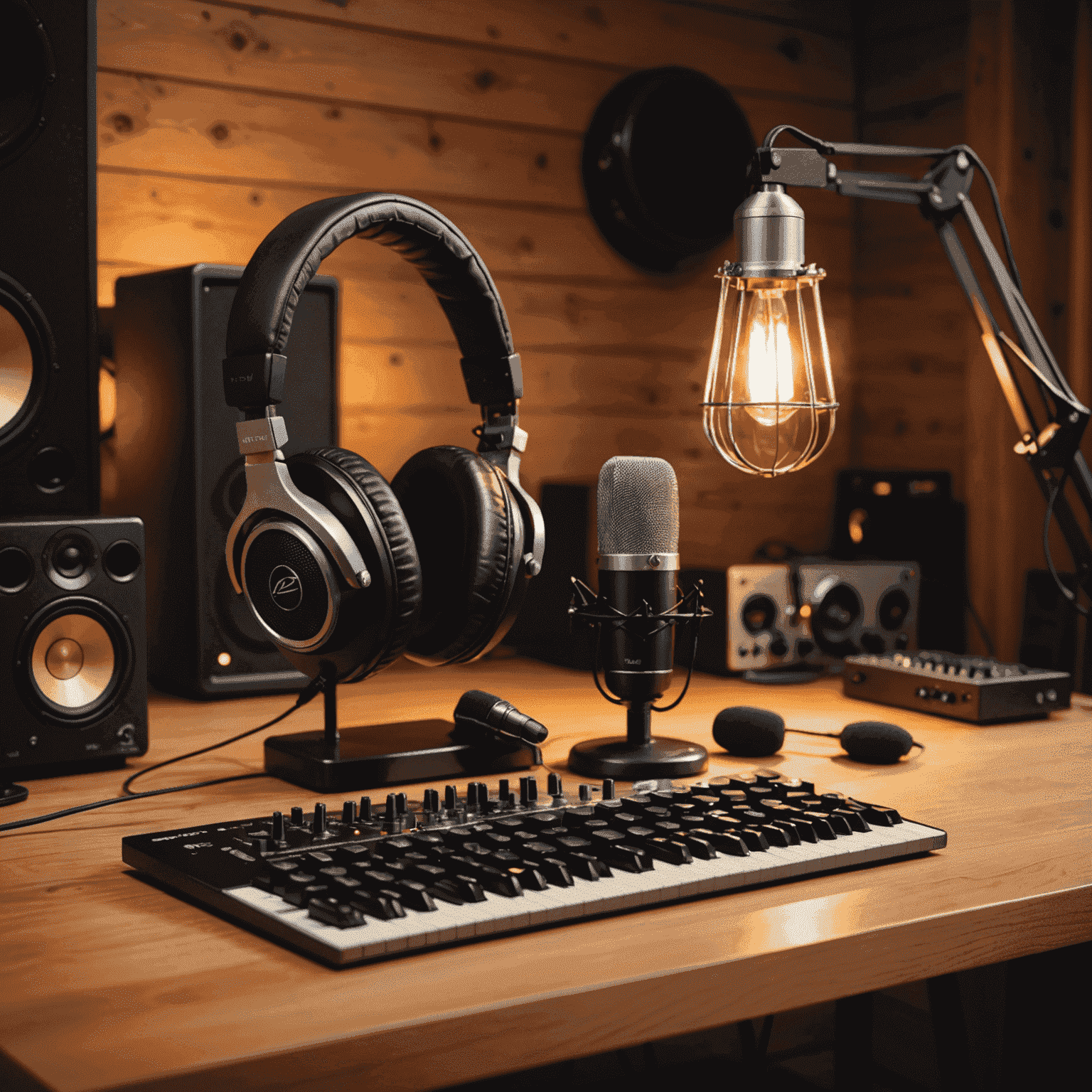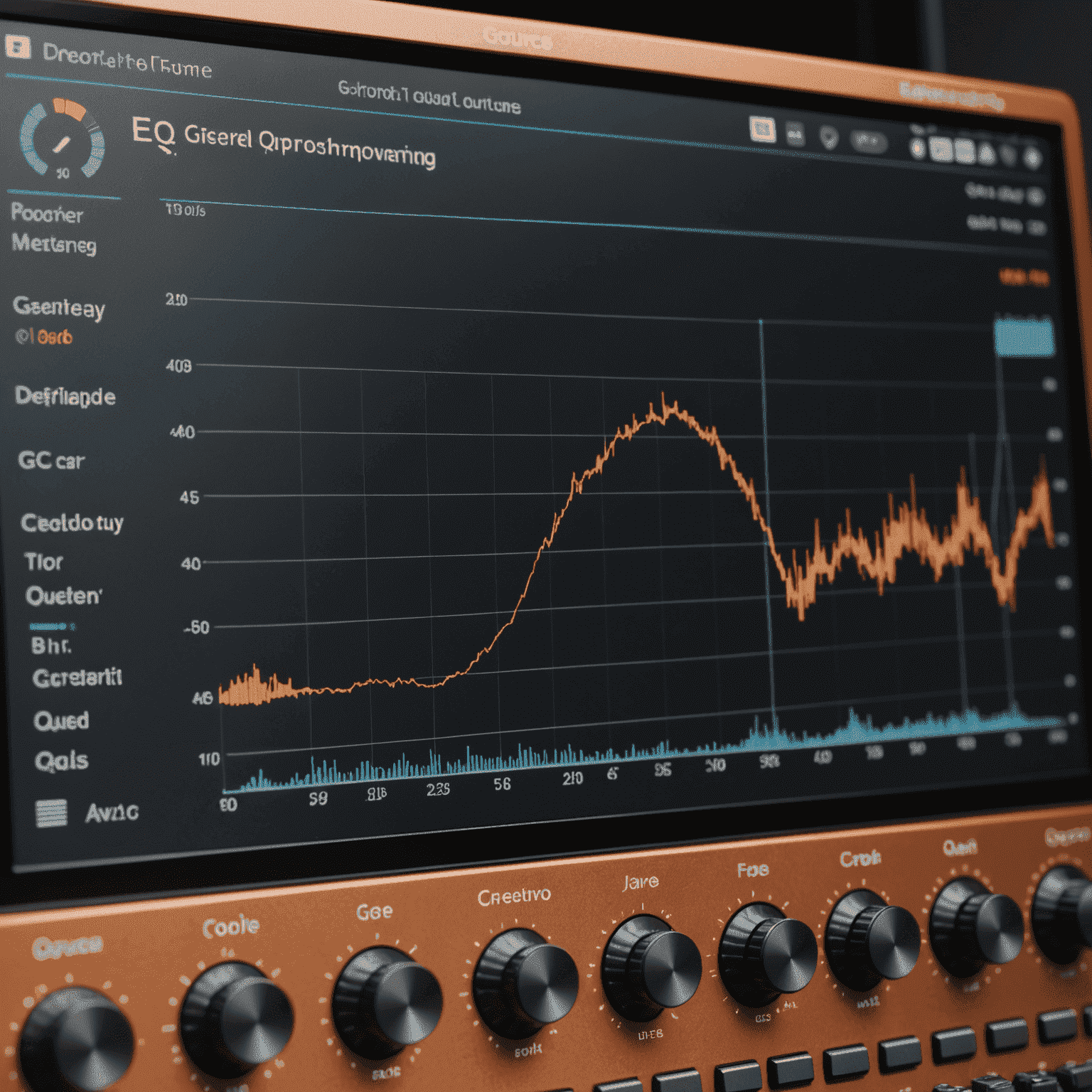Post-Production Workflow for Podcasts and Vocals
Elevate your podcast episodes and vocal tracks to professional quality with this comprehensive step-by-step guide. Whether you're a budding podcaster or a vocalist looking to polish your recordings, mastering the post-production process is key to achieving stellar results.

1. Editing: Refine Your Raw Recording
Start by trimming unnecessary silence and removing any mistakes or unwanted noises. Pay attention to pacing and flow, ensuring a smooth listening experience.
2. Noise Reduction: Clean Up Your Audio
Apply noise reduction techniques to minimize background hum, air conditioning noise, or any other consistent background sounds that may have been picked up during recording.
3. EQ: Shape Your Sound
Use equalization to enhance the natural qualities of your voice. Boost clarity by slightly increasing high-mid frequencies, and add warmth with a gentle low-end boost.

4. Compression: Control Dynamics
Apply compression to even out volume inconsistencies and add a professional polish to your audio. Start with a gentle 2:1 ratio and adjust as needed.
5. De-essing: Tame Sibilance
Use a de-esser plugin to reduce harsh "s" and "t" sounds that can be distracting to listeners.
6. Mixing: Balance Multiple Tracks
If your podcast features multiple speakers or background music, carefully adjust levels to ensure all elements are clearly audible without overpowering each other.
7. Loudness Normalization: Optimize for Platforms
Adjust your overall loudness to meet the standards of popular podcast platforms, typically aiming for around -16 LUFS for stereo content.

8. Mastering: Add the Final Polish
Apply subtle mastering techniques like multi-band compression and stereo enhancement to give your podcast or vocal track a professional sheen.
9. Export: Prepare for Distribution
Export your final product in a high-quality format suitable for your distribution method, typically 192kbps MP3 for podcasts or 24-bit WAV for vocal tracks.
Pro Tip
Always save your project files and keep backups of your raw recordings. This allows you to revisit and refine your work as your skills improve over time.
By following this workflow, you'll be well on your way to producing professional-sounding podcasts and vocal tracks from the comfort of your home studio. Remember, practice makes perfect, so don't be afraid to experiment and find the techniques that work best for your unique voice and content.